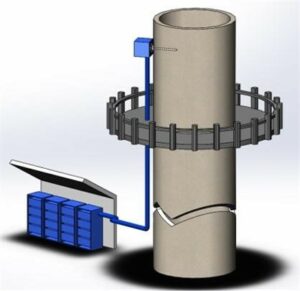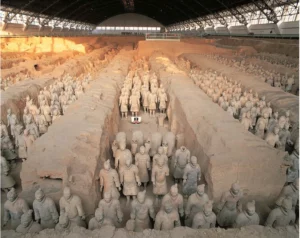
Cement Plants: Hg Monitoring for Peace of Mind
The NESHAP rule for mercury emissions monitoring in cement plants, also known as the Cement MACT, has undergone more makeovers than a fashion model
Home | Emissions and Process Monitoring | Page 2

The NESHAP rule for mercury emissions monitoring in cement plants, also known as the Cement MACT, has undergone more makeovers than a fashion model

and…what to do about it… As coal fired utilities continue to cycle, the constant startups and shut-downs wreak havoc on real-time PS 12A compliant

A real-time time monitor is an essential tool for understanding and controlling your mercury emissions as well as optimizing mercury control technologies. For this

Selective Catalytic Reduction (SCR) is a process where nitrogen oxides (NOx) are converted to diatomic nitrogen (Nx) and water (H2O) through a reaction that

Cleveland, OH, April 26, 2023 — Mississippi Lime Company (MLC), a leading global supplier of high-calcium lime products and technical solutions, has completed an

Many of our customers have found Mercury Speciation Sorbent Traps to be an excellent tool for evaluating the root cause of a mercury control

If you must reduce Hg, what should you evaluate to point you in the direction of the best control strategy?

Recently coal-fired utilities burning lignite were sent “114 letters” from the EPA requesting Mercury Emissions data. A “114 letter” typically requests information from the

Due to its high vapor pressure and prevalence in the atmosphere, mercury makes a good geophysical tracer gas, which has potential archaeological applications. That

Our Senior Program Director, Alexandra Sipershteyn, recently contributed to the 3rd edition of “Continuous Emission Monitoring” textbook by James A. Jahnke.

In 2018, Ohio Lumex published our sorbent trap technique for measuring short-term SO3/H2SO4/sulfuric acid mist concentration from stationary sources. This was originally published for

In May we attended the EPRI Continuous Emissions Monitoring User Group Meeting (CEMUG) in Indianapolis. In addition to attending and exhibiting at the show,
